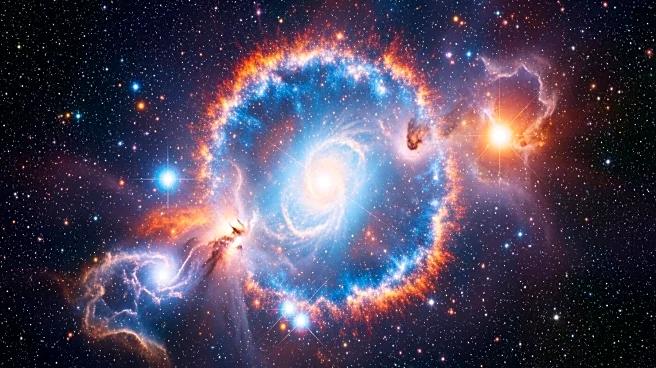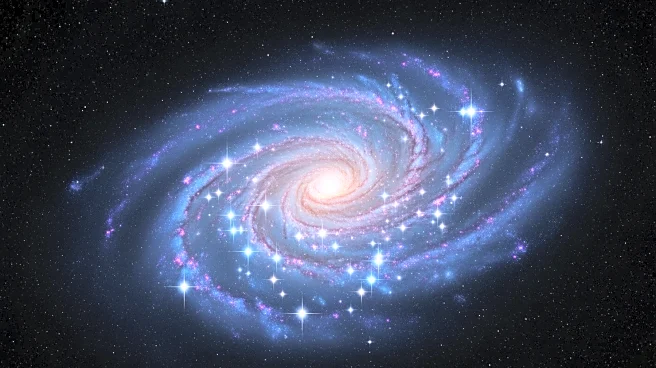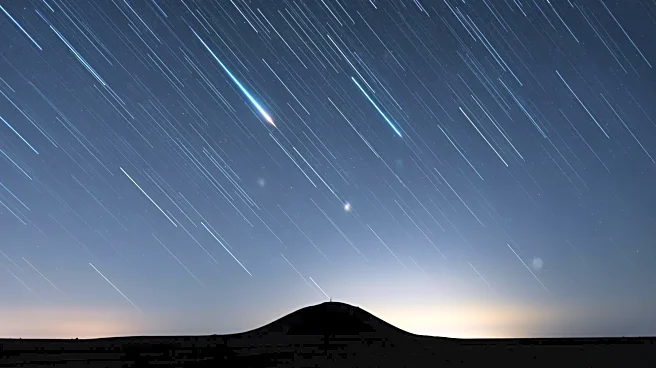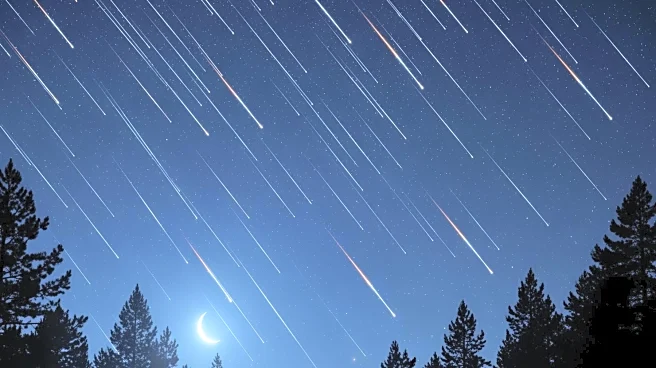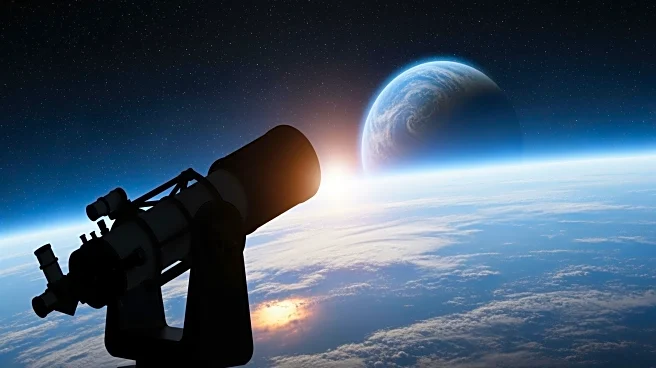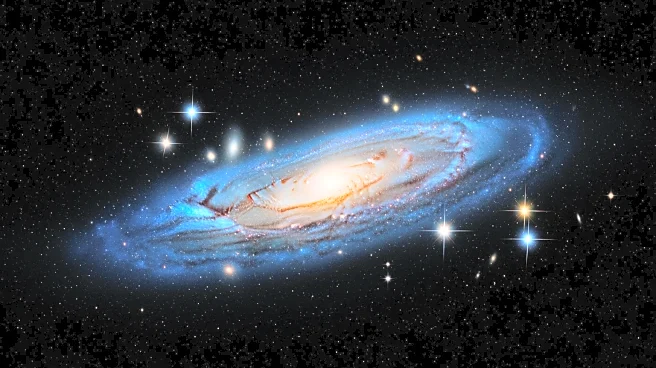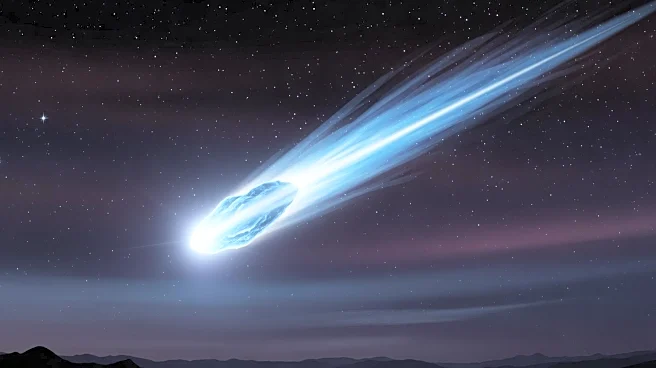What's Happening?
Dutch astrophotographer Cornelis van Zuilen has successfully captured an image of the Eastern Veil Nebula, a supernova remnant located 2,100 light-years from Earth in the constellation Cygnus. The nebula,
part of the larger Cygnus Loop, is a result of a star 20 times more massive than the sun exploding in a supernova approximately 5,000 to 8,000 years ago. Van Zuilen used an Askar 103APO refractor telescope and a ZWO camera to gather 35 hours of telescopic data, revealing intricate details of the nebula's hydrogen alpha filaments. The image was captured over nine nights in a Bortle 5 area, which is relatively free from light pollution, allowing for clearer astronomical observations.
Why It's Important?
The successful imaging of the Eastern Veil Nebula provides valuable insights into the structure and composition of supernova remnants. Such detailed observations can enhance our understanding of stellar evolution and the lifecycle of stars. The use of advanced astrophotography techniques and equipment, as demonstrated by van Zuilen, highlights the potential for amateur astronomers to contribute significantly to scientific research. This achievement also underscores the importance of minimizing light pollution to facilitate astronomical studies, which can lead to discoveries that inform our knowledge of the universe.
